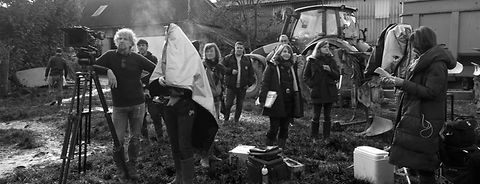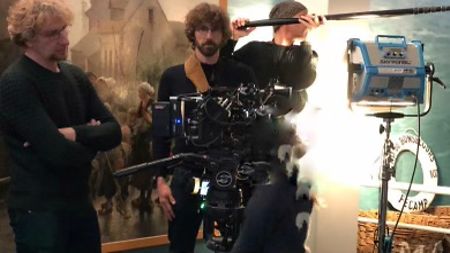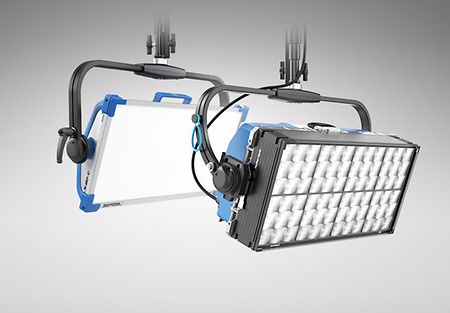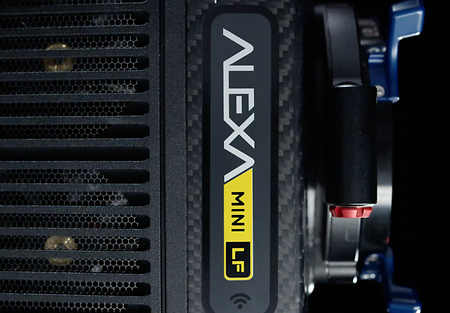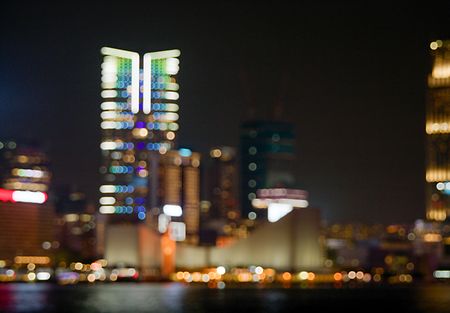Winner of a César Award for Best Cinematography for “Lady Chatterley,” Julien Hirsch AFC was one of the first DPs in France to use the ALEXA Mini LF and ARRI Signature Prime lenses. He chose this combination, along with ARRI SkyPanels and ARRIRAW recording format, for “Drift Away” (original French title: “Albatros”) by director Xavier Beauvois which was filmed this past winter in the famous seaside town of Étretat in Normandy.
ARRI sat down with Hirsch to discuss how the equipment performed during the shoot.
Could you tell us about your collaboration with director Xavier Beauvois and how it went?
It went very well. I was familiar with his films and had seen him work on “Don't Forget You're Going to Die” when I was Caroline Champetier's assistant. He is a very instinctive filmmaker who reinvents his film while shooting. For “Drift Away,” he wanted us to stay as close as possible to the daily reality of the main character, a policeman, whose private and professional life is being portrayed in the film. We, therefore, shot in many natural settings but also at places like the police station in Étretat and in a real police barracks. Xavier wanted a rather naturalistic look, but he is also an aesthete. We took many walks around Étretat during the preparation. He showed me the places and the light atmospheres he liked. This allowed us to get to know each other and find a common language.
Why did you choose to shoot with the ALEXA Mini LF?
I worked with the classic ALEXA as soon as it was released in France, for “The Minister” by Pierre Schoeller. I really liked its image rendering and since then it is the only digital camera I have filmed with. I naturally switched to the ALEXA Mini when I discovered the Stabe-One, a stabilizer that I can no longer do without for frame shots. I unfortunately couldn't use ALEXA LF when it came out because it was too heavy for the Stabe-One. However, when the Mini LF became available, 15 days before “Drift Away” began shooting, I obviously jumped on it. We did a day of testing in Normandy, especially on the sea because a significant portion of the film takes place on a sailboat. Xavier was able to see what this camera was like in different light atmospheres, with many shades of grey, green, and blue. He liked the image offered by the Mini LF a lot. For my part, these tests convinced me that this was the camera I needed on the film.
